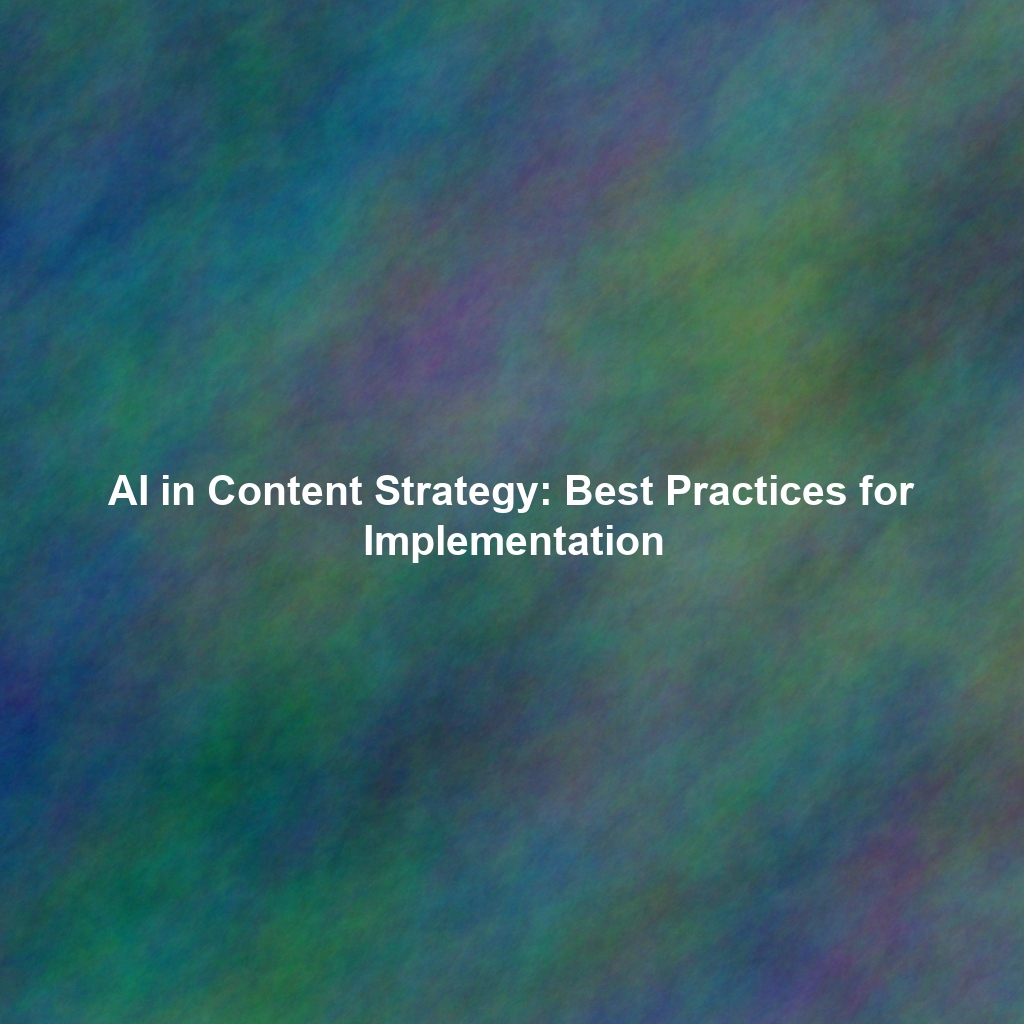Imagine stepping into a store without leaving your home, trying on clothes virtually, or experiencing a product demonstration so realistic, you feel like you’re already using it. This isn’t science fiction; it’s the predicted reality of marketing in 2030, powered by the transformative potential of Augmented Reality (AR) and Virtual Reality (VR). As technology evolves and consumer expectations shift, AR/VR is poised to become a cornerstone of innovative and engaging marketing strategies.
Marketing in 2030: A World of Immersive Engagement
By 2030, the lines between the physical and digital worlds will blur even further. Consumers will demand more interactive and personalized experiences, and marketers will need to adapt by leveraging cutting-edge technologies. AR/VR offers a unique opportunity to create compelling narratives, showcase products in innovative ways, and foster deeper connections with customers.
The Power of Immersive Storytelling
Traditional marketing often relies on telling stories, but AR/VR enables brands to immerse customers in those stories. Imagine a travel agency offering a VR tour of a potential vacation destination, allowing customers to “walk” through ancient ruins or relax on a pristine beach before booking their trip. Or consider a historical museum bringing artifacts to life with AR overlays, providing context and enriching the visitor experience. These immersive experiences create lasting memories and stronger brand associations.
Virtual Product Demonstrations: Try Before You Buy, Redefined
AR/VR is revolutionizing the way consumers interact with products before making a purchase. IKEA’s AR app, which allows users to visualize furniture in their homes, is a prime example of this trend. By 2030, virtual product demonstrations will be commonplace across various industries. Car manufacturers might offer VR test drives, while cosmetics brands could provide AR makeup trials. This “try before you buy” approach reduces purchase anxiety, increases customer confidence, and ultimately drives sales.
AR/VR and the Impact on Customer Engagement
AR/VR is more than just a novelty; it’s a powerful tool for boosting customer engagement. Immersive experiences capture attention and hold it for longer periods than traditional marketing methods. By creating interactive and engaging content, brands can foster a sense of connection and loyalty. Gamified AR/VR experiences, such as virtual treasure hunts or interactive challenges, can further enhance engagement and drive brand awareness.
Key Considerations for AR/VR Marketing Success in 2030
While the potential of AR/VR in marketing is immense, successful implementation requires careful planning and execution. Here are some key considerations for marketers looking to leverage these technologies in 2030:
Accessibility and User Experience
Ensure that your AR/VR experiences are accessible to a wide range of users. This includes optimizing for different devices, providing clear instructions, and addressing potential accessibility challenges for users with disabilities. A seamless and intuitive user experience is crucial for driving adoption and achieving desired marketing outcomes.
Data Privacy and Security
As AR/VR technologies collect increasingly detailed data about user behavior and preferences, data privacy and security become paramount. Marketers must be transparent about how they collect and use data, and they must implement robust security measures to protect user information.
Content Quality and Relevance
Creating compelling and relevant AR/VR content is essential for capturing and maintaining user attention. Focus on developing experiences that are informative, entertaining, and aligned with your brand values. High-quality visuals, immersive sound design, and engaging interactions are crucial for creating a memorable and impactful experience.
Integration with Existing Marketing Channels
AR/VR should not be viewed as a standalone marketing channel but rather as an integrated component of a broader marketing strategy. Seamlessly integrate AR/VR experiences with your website, social media channels, and email marketing campaigns to maximize reach and impact.
The Future is Immersive
The rise of immersive experiences powered by AR/VR is set to transform the marketing landscape by 2030. By embracing these technologies and developing innovative strategies, marketers can create more engaging, personalized, and memorable experiences for their customers. As technology continues to advance and consumer expectations evolve, AR/VR will undoubtedly play a crucial role in shaping the future of marketing.
The key will be to focus on creating valuable, user-friendly experiences that genuinely enhance the customer journey. Those brands that can successfully navigate the challenges and opportunities presented by AR/VR will be well-positioned to thrive in the increasingly immersive world of marketing.
 Skip to content
Skip to content
